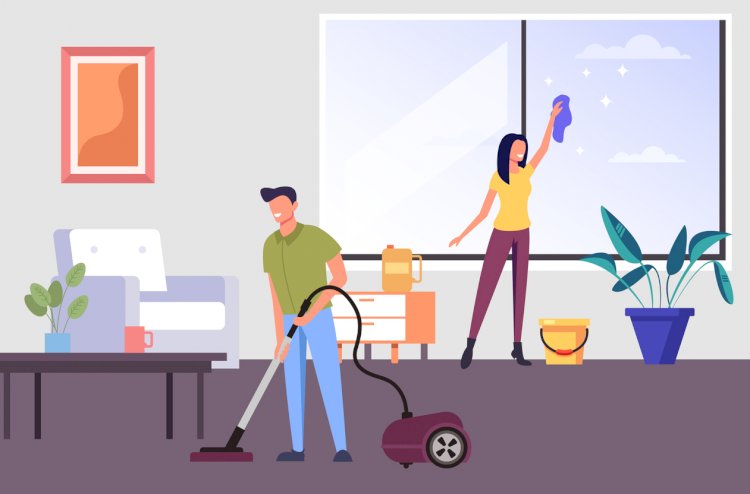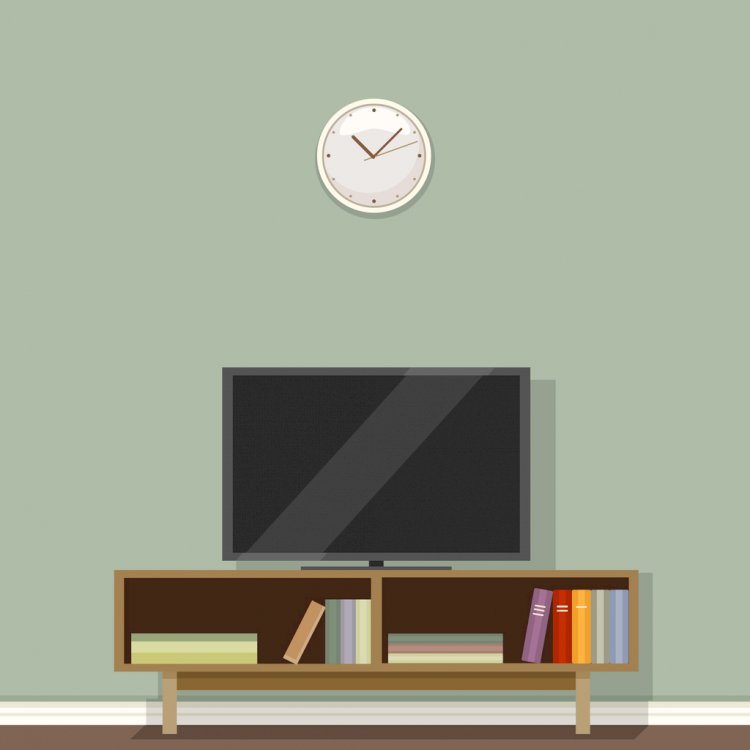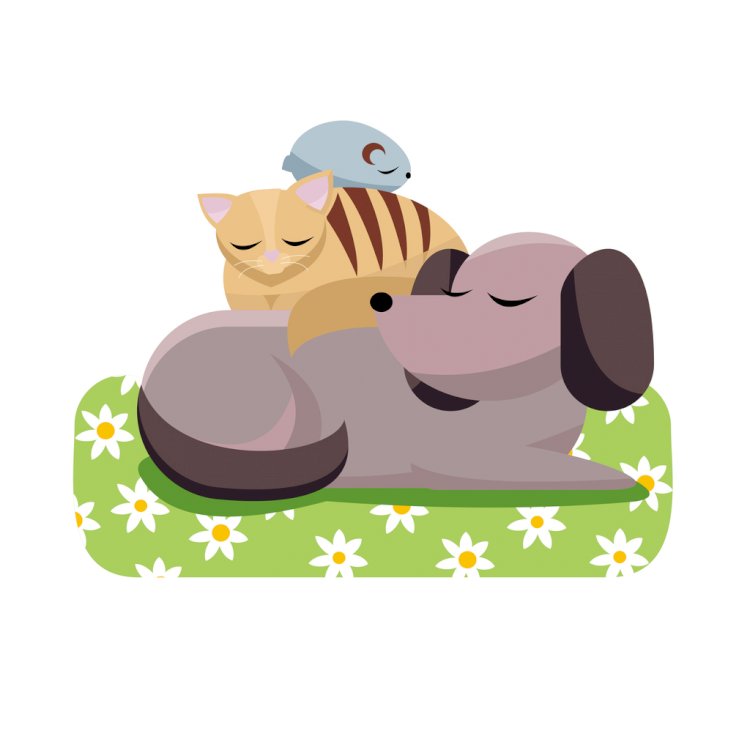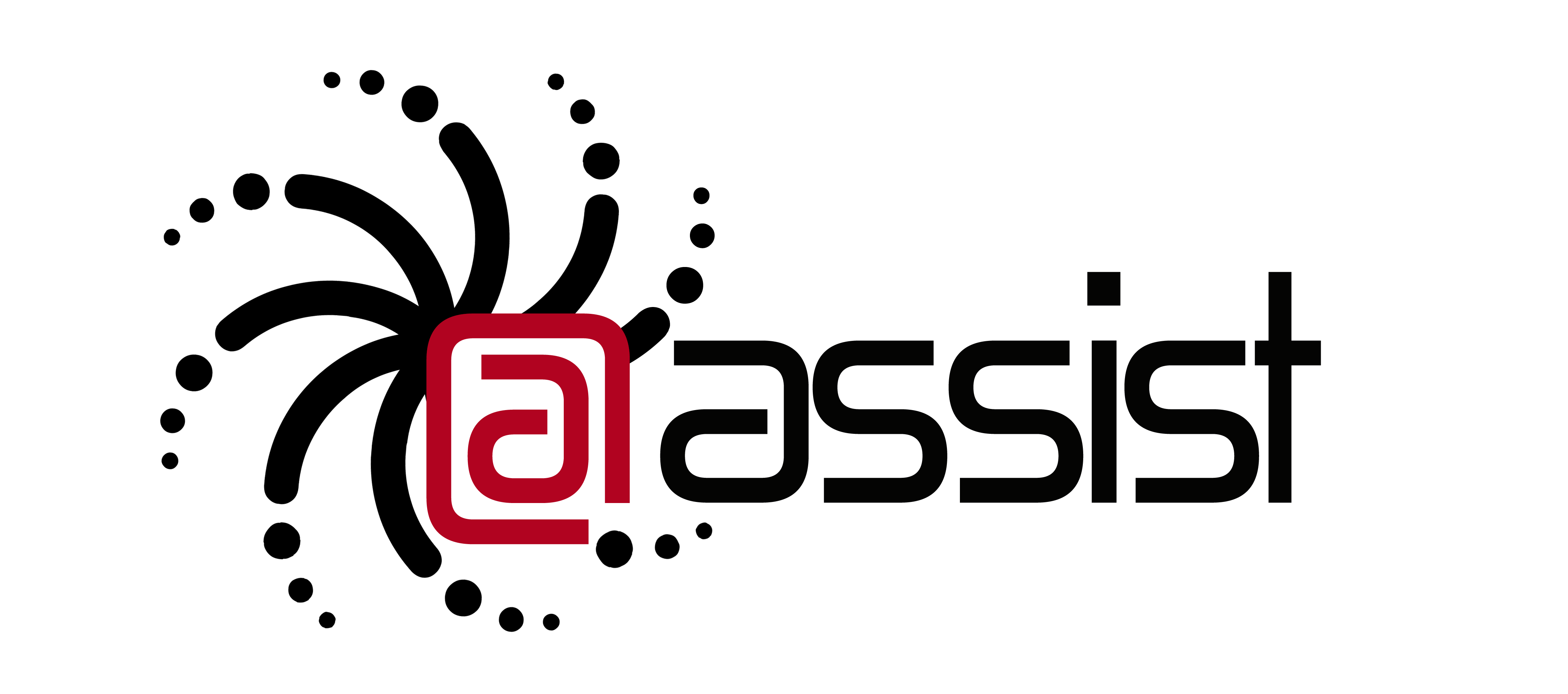8 Household Items You Often Forget to Clean
With spring cleaning in full swing, people everywhere are sorting through too-small clothes and gifts of Christmases past. As you scrub floors and bleach grout, there may be some places and items you forget that can harbor a lot of dust and grime.

With spring cleaning in full swing, people everywhere are sorting through too-small clothes and gifts of Christmases past. As you scrub floors and bleach grout, there may be some places and items you forget that can harbor a lot of dust and grime.
Here are 8 household items you may forget to clean - and how to clean them:
Mattresses

You wash your bedding regularly, which is great. But your mattress also collects all sorts of dust mites, dead skin cells, and sweat. Gross!
Even if you routinely launder your sheets and mattress pads, things still seep through and collect inside the mattress. And every time you toss and turn, you’re releasing all those dust mites and dead skin cells into the air. This can cause breathing problems and allergy issues, leading you to be miserable.
To keep your mattress in the best condition, clean it at least twice a year. If you have allergies,consider cleaning it quarterly.
Here’s how to deep-clean your mattress:
- Remove all the sheets, blankets, and mattress covers. Vacuum the top and sides of the mattress with your vacuum’s upholstery attachment. This will remove any surface dust, pet hair, and even those late-night snack crumbs.
- If you have stains, spot treat them to do your best to remove the stain. For protein-based stains (blood, urine, sweat, etc.), try a mixture of hydrogen peroxide, liquid dish soap, and baking soda. Spray the mixture on the stain, let sit for a few minutes, and then blot with a clean cloth.
- Once you’ve done your best to remove any stains, sprinkle the top of the mattress with baking soda. This will help deodorize your mattress and soak up any excess moisture from the stain removal process. Let the baking soda sit for a while, at least a couple of hours, and then vacuum it up.
- If you can, haul your mattress outside for some fresh air and sunlight. Lay it out flat on a clean blanket or sheet and give it a few hours in the sun. The light and fresh air will help deodorize and naturally eliminate bacteria.
Pillows
While you’re cleaning your mattress, don’t forget to clean those pillows!
Dirty pillows can harbor tons of sweat, dead skin, dust, and drool (Ew!), and all of that collects and weighs your pillow down. Not only that, but all that bacteria collecting in your pillow can contribute to breakouts and bad skin.
Wash your pillows at least as often as you clean your mattress, or more often if you struggle with allergies or frequent breakouts.
How you wash your pillows depends greatly on the type of pillows you own. For best results, always follow the directions on the care tag on your pillow, as it will give you the washing routine best suited for your pillow.
However, here are some rules of thumb to follow when washing your pillows:
- If you’re going to machine-wash your pillows, wash them in pairs. This helps balance out the machine’s load.
- To help re-plump up your pillows and keep them from getting lumpy in the dryer, use dryer balls or tennis balls.
- Some sunlight and fresh air can do wonders for pillows that are feeling a little funky. Set them outside in the sun for a few hours, laid out on clean blankets or sheets. Turn them very couple of hours for even exposure to the light.
Baseboards & Trim

You scrub and polish your floors, but what about the baseboards and trim that line them? In a lot of cases, your baseboards and trim are fairly light-colored, meaning they show all the fingerprints, dust, and pet hair that collects along them throughout the year.
At the absolute minimum, try to clean your baseboards and trim at least once a year. Even better, clean them twice a year and do maintenance cleaning every time you mop or vacuum the room.
Here’s how to deep-clean your baseboards to get them shining:
- Move furniture away from the walls. You will need to be able to access every inch of your baseboards to get them clean.
- Dry dust your baseboards either using your vacuum’s attachment or a clean, dry microfiber cloth.
- Fill a bucket with 2 quarts of warm water and a few drops of liquid dish soap.
- Dip a clean microfiber cloth in the water and wring it out. You do not want your cloth to be soaking wet, as it will be more difficult to clean your baseboards and can cause water damage to the baseboards and your floor.
- Wipe down the baseboards with your cloth. Be sure to change out the water when it starts to look dirty.
- Clean corners, edges, and any other details with a cotton swab dipped in your cleaning solution.
If possible, set up fans to help your baseboards dry before you move the furniture back to its original spot.
Vents
You trust your heat and air conditioning vents to move warm and cold air around your home and keep you comfortable. But along with this air comes all sorts of dust, microbes, and allergens.
Many of these are supposed to be caught by your furnace filter. However, if you’re not changing your filter often enough, or if your home is subject to collecting lots of dust, your air return vent covers can become dirty and clogged. Do this twice a year for best results.
Get that air flowing clean and fresh by cleaning your vents with these steps:
- Turn off the heat or air conditioning.
- Vacuum off the vent covers to remove any loose dirt or debris.
- Carefully unscrew the vent covers and remove them. Place screws in bags labeled with the vent’s location so you can easily match them when you’re replacing them.
- Fill your sink with hot, soapy water and place the vent covers in it. If you have a lot of vent covers to wash at once, you may want to wash them in your bathtub.
- Wash the vent covers with a microfiber cloth and rinse well. Do not soak them for too long or scrub too hard or you will begin to remove the paint and finish on the vent covers.
- Thoroughly dry the vent covers before you replace them. A dry microfiber cloth can easily work among the individual vents to pick up any collected water.
Pet Beds

When you’re spring cleaning your home, don’t forget the place your pets take their naps!
Even if you routinely bathe your pets, they still shed and drool, causing collection of fur, dead skin cells, and sweat just like human beds do. Vacuum hair off your pet’s bed regularly, and wash it twice a year (or more often if you have a pet that’s prone to getting smelly).
Here’s how to wash your pet’s bed:
- With the upholstery attachment, vacuum the pet’s bed off to remove as much fur as possible. If you have a rubber brush, you may want to use it to loosen up any compacted fur before vacuuming.
- If your pet’s bed has a removable cover, take the cover off. If not, check the bed’s tag to confirm washing instructions.
- Spray the bed or cover with stain remover if there are any mud, urine, or other stains that need to be removed.
- Wash the bed in your washing machine, separate from other laundry. Use a pet-friendly laundry detergent to avoid irritating your pet. Wash on the largest load setting and in cold water.
- Dry the bed on low heat with dryer balls or tennis balls to help avoid the filling from bunching up and getting lumpy.
Electrical Cords
You regularly clean your appliances to keep them dirt- and dust-free, but what about the cords that power all your devices?
The electrical cords that power your computer, your phone, and your refrigerator spend most of their time on the floor, collecting dirt and dust.
Here’s how to clean them off quickly and easily:
Unplug the cord.
- Fill a bucket with warm water and a few drops of liquid dish soap. Dip a microfiber cloth in the bucket and wring it out. Do not use cleaners with alcohol or other solvents, as they can dry out the vinyl over time and cause it to crack.
- Wipe down the length of the cord with the cloth several times.
- Make sure the cord is completely dry before you plug it back into the wall.
Light Globes

When you turn your overhead lights on at night, does it ever seem as if they’re less bright than they used to be?
This could be because the glass globes on your light fixtures and chandeliers collect dust, dirt, and even dead bugs, decreasing the amount of light that shines through them.
Clean your fixtures’ glass globes at least once a year, but more often if your home gets really dusty.
Here’s how to shine some light on your home once again by cleaning the light globes:
- Turn off any light fixtures you’re planning to clean. Carefully remove the glass globes and set them aside.
- Fill your sink with hot water with a few drops of liquid dish soap. If you’ve got large fixtures, or a lot of globes to clean, you may want to use your bathtub.
- Place the globes in the hot water and let them soak for a couple of minutes. This will help loosen any stuck-on dust and debris.
- Carefully wash the globes with a soft microfiber cloth. If your globes have lots of indents and details, use cotton swabs dipped in the soapy water to get into the indents.
- Rinse all the globes well in clean running water and dry thoroughly before replacing them.
Blinds
The blinds in your windows may help control the amount of sunlight you let into each room, but they’re also magnets for all sorts of dust and pet hair.
Cleaning them thoroughly at least once a year will help remove the majority of accumulated grime, then maintaining them with regular vacuuming or dry dusting with a microfiber cloth will keep them from getting super gross again.
Here’s how to thoroughly clean your vinyl blinds:
- Close the blinds one direction and wipe, from top to bottom, with a clean, dry microfibercloth. Reverse the blinds and repeat the process.
- Use a vacuum with hose attachment to clean up any fallen dust.
- Carefully remove the blinds from your window. Fill your bathtub with warm water.
- Soak the blinds in the tub for at least an hour.
- Remove the blinds from the water and wipe any remaining dust with a microfiber cloth.
- Dry your blinds with a soft cloth or hang them outside to dry completely before putting them back up in your window.
If you have wooden blinds, you will follow the first two steps but not remove the blinds from the window. Instead, you will wet a microfiber cloth with wood-safe cleaner, then wipe the blinds down again from top to bottom.
Software Designed for Property Managers
As a property manager, you’re working hard to keep tabs on the condition of a wide variety of rental properties. From routine cleaning when tenants move out to repairing drywall, you need a system that allows you access to all your notes, correspondence, and tasks wherever you are.
Sugu offers you all of that, plus the bonus of being able to communicate with tenants, track finances, manage your employees, and much more in one adaptable cloud-based platform. Try Sugu today!

 contact@atassist.com
contact@atassist.com 





